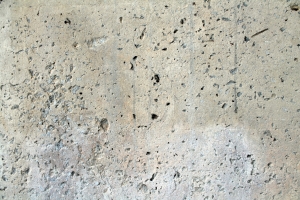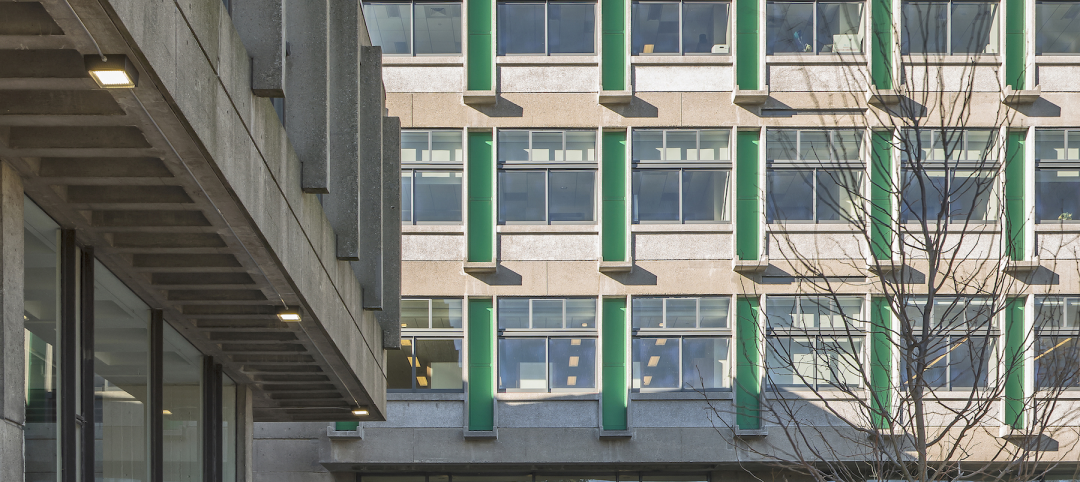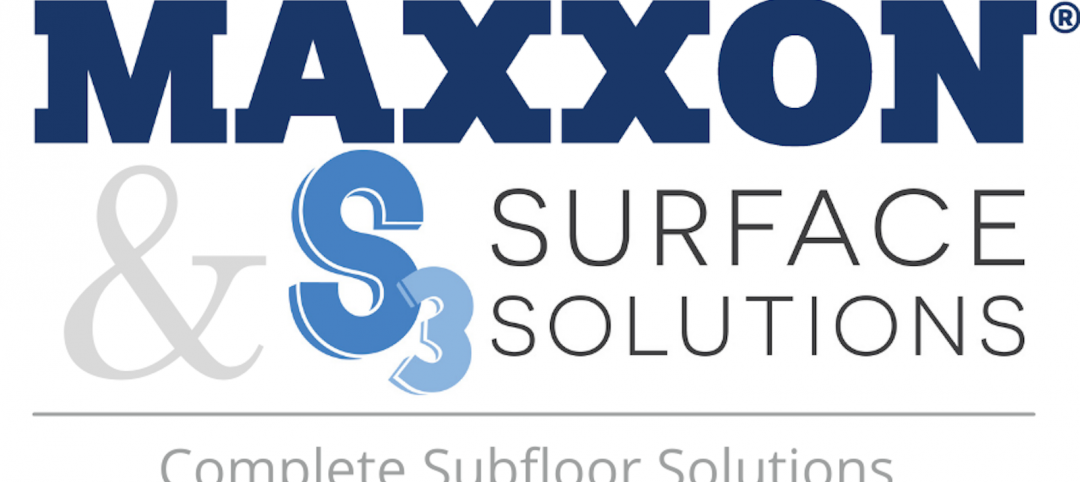Concrete is ubiquitous in our world, as is concern about carbon emissions. The creation of concrete is a major source of carbon emissions, because the calcium-based substances that make it up are heated at high temperatures to form the cement.
But scientists at MIT may have found a way to decrease the carbon emissions that result from concrete production: reducing the ratio of calcium to the silicate-rich clay.
Normally, concrete is made by mixing gravel, water, sand, and cement, Gizmag reports. The cement is produced by heating calcium-rich materials (e.g., limestone) at temperatures up to 2,732 F, and researchers say that this part of the process produces the majority of the carbon emissions.
The MIT research team examined the makeup of the concrete, and found that a calcium to silica ratio of 1.5 is the optimal mix for reducing emissions and producing quality concrete. In the industry, these ratios can vary from 1.2 to 2.2, though 1.7 is the cement production standard. Changing the standard ratio to 1.5, researchers say, could reduce carbon emissions by as much as 60%.
This mix of concrete was also shown to have a higher resistance to fractures. According to Gizmag, the researchers claim that "this is due to the molecular structure transforming from a tightly ordered crystalline to a disordered glassy structure." Regardless of the reason why, the 1.5 ratio concrete has twice the mechanical resistance to fractures of normal cement.
Because the analysis of this concrete mix was carried out on a molecular level, it remains to be seen whether or not these results will remain the same in engineering-scale applications. This research was published in the journal Nature Communications.
Related Stories
Reconstruction & Renovation | May 4, 2022
AIA course: Concrete buildings — Effective solutions for restoration and major repairs
The history of concrete construction between 1950 and 1970 offers architects and construction professionals a framework for how to rehabilitate these buildings today using both time-tested and emerging technologies. This course, worth 1.0 AIA LU, was authored by Henry Moss, AIA, LEED AP, Principal with Bruner/Cott Architects.
Concrete Technology | Apr 19, 2022
SGH’s Applied Science & Research Center achieves ISO 17025 accreditation for concrete testing procedures
Simpson Gumpertz & Heger’s (SGH) Applied Science & Research Center recently received ISO/IEC17025 accreditation from the American Association for Laboratory Accreditation (A2LA) for several concrete testing methods.
AEC Tech Innovation | Mar 9, 2022
Meet Emerge: WSP USA's new AEC tech incubator
Pooja Jain, WSP’s VP-Strategic Innovation, discusses the pilot programs her firm’s new incubator, Emerge, has initiated with four tech startup companies. Jain speaks with BD+C's John Caulfield about the four AEC tech firms to join Cohort 1 of the firm’s incubator.
Codes and Standards | Feb 28, 2022
Low-cost concrete alternative absorbs CO2
Researchers at Worcester Polytechnic Institute have developed a new CO2-absorbing material that’s a low-cost alternative to concrete.
Products and Materials | Feb 24, 2022
MAXXON® Corporation announces strategic affiliation with S3 Surface Solutions
Maxxon® Corporation, creator of Gyp-Crete® and a leader in the underlayment industry for 50 years, has aligned with S3 Surface Solutions, an innovative manufacturer of products that address problematic concrete slabs, to bring innovative, technology-driven subfloor preparation solutions to the flooring industry.
Sponsored | Reconstruction & Renovation | Jan 25, 2022
Concrete buildings: Effective solutions for restorations and major repairs
Architectural concrete as we know it today was invented in the 19th century. It reached new heights in the U.S. after World War II when mid-century modernism was in vogue, following in the footsteps of a European aesthetic that expressed structure and permanent surfaces through this exposed material. Concrete was treated as a monolithic miracle, waterproof and structurally and visually versatile.
Sponsored | Resiliency | Jan 24, 2022
Blast Hazard Mitigation: Building Openings for Greater Safety and Security
3D Printing | Jan 12, 2022
Using 3D-printed molds to create unitized window forms
COOKFOX designer Pam Campbell and Gate Precast's Mo Wright discuss the use of 3D-printed molds from Oak Ridge National Lab to create unitized window panels for One South First, a residential-commercial high-rise in Brooklyn, N.Y.
Concrete | May 18, 2021
GCP Applied Technologies Partners with Athena Sustainable Materials Institute
GCP Applied Technologies, a leading global provider of construction products technologies, is pleased to announce a partnership with Athena Sustainable Materials Institute, a nonprofit research collaborative bringing life cycle assessment to the construction sector.
Steel Buildings | Apr 17, 2021
Speed Core wall system is used for the second time in office building in San Jose
The construction method is expected to knock off three months from the project’s schedule.
















